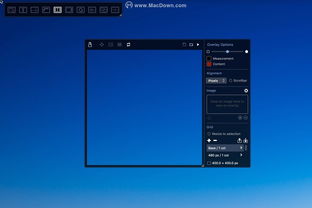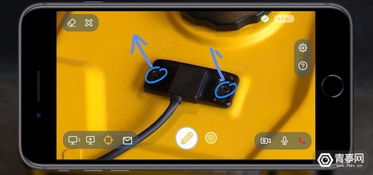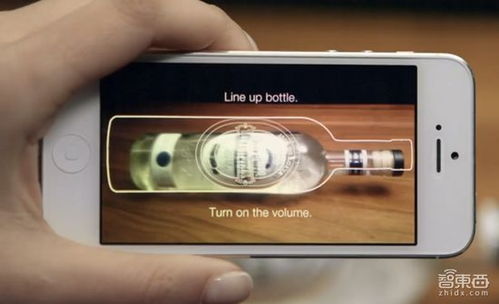Understanding the 1-6 or 1-8 Scope for AR: A Comprehensive Guide
Augmented Reality (AR) has become an integral part of our daily lives, from gaming to education and even in the medical field. One of the most crucial aspects of AR is understanding the scope of its applications. In this article, we will delve into the 1-6 and 1-8 scope for AR, exploring their differences, uses, and benefits.
What is the 1-6 Scope for AR?

The 1-6 scope for AR refers to the distance at which the augmented content is displayed. This range typically spans from 1 meter to 6 meters. It is commonly used in applications where the user needs to interact closely with the augmented content, such as in retail stores, museums, or even in the home.
One of the primary advantages of the 1-6 scope is its ability to provide a more immersive experience. By keeping the augmented content within a close range, users can easily interact with it, making it an ideal choice for applications that require hands-on engagement.
What is the 1-8 Scope for AR?

The 1-8 scope for AR, on the other hand, extends the range from 1 meter to 8 meters. This broader scope is suitable for applications where the user needs to view the augmented content from a greater distance, such as in presentations, outdoor events, or even in vehicles.
One of the key benefits of the 1-8 scope is its versatility. It allows for a wider range of applications, making it an excellent choice for scenarios where the user needs to view the augmented content from various angles and distances.
Differences Between 1-6 and 1-8 Scope for AR

While both the 1-6 and 1-8 scope for AR have their unique advantages, there are several key differences between them:
| Scope | 1-6 | 1-8 |
|---|---|---|
| Distance Range | 1 meter to 6 meters | 1 meter to 8 meters |
| Immersive Experience | High | Medium |
| Applications | Close-range interactions, retail, museums | Broader range of applications, presentations, outdoor events |
As seen in the table above, the 1-6 scope offers a more immersive experience, making it ideal for close-range interactions. Conversely, the 1-8 scope provides a broader range of applications, making it more versatile.
Applications of 1-6 and 1-8 Scope for AR
Now that we have a better understanding of the differences between the 1-6 and 1-8 scope for AR, let’s explore some of their applications:
1-6 Scope Applications
- Retail: AR mirrors and virtual try-ons in clothing stores
- Museums: Interactive exhibits that allow visitors to explore artifacts up close
- Education: Virtual dissections and interactive learning modules
- Healthcare: AR-based medical training and patient education
1-8 Scope Applications
- Presentations: Interactive slideshows and visual aids
- Outdoor Events: Live augmented reality experiences for attendees
- Vehicles: AR navigation and information displays
- Construction: Virtual building models and project planning
Benefits of Using 1-6 and 1-8 Scope for AR
Both the 1-6 and 1-8 scope for AR offer several benefits, including:
- Enhanced user experience: By providing a more immersive and interactive experience, AR can engage users more effectively.
- Improved accessibility: AR can make information and experiences more accessible to people with disabilities.
- Increased efficiency: AR can streamline processes and reduce the time required for certain tasks.
- Cost savings: AR can reduce the
